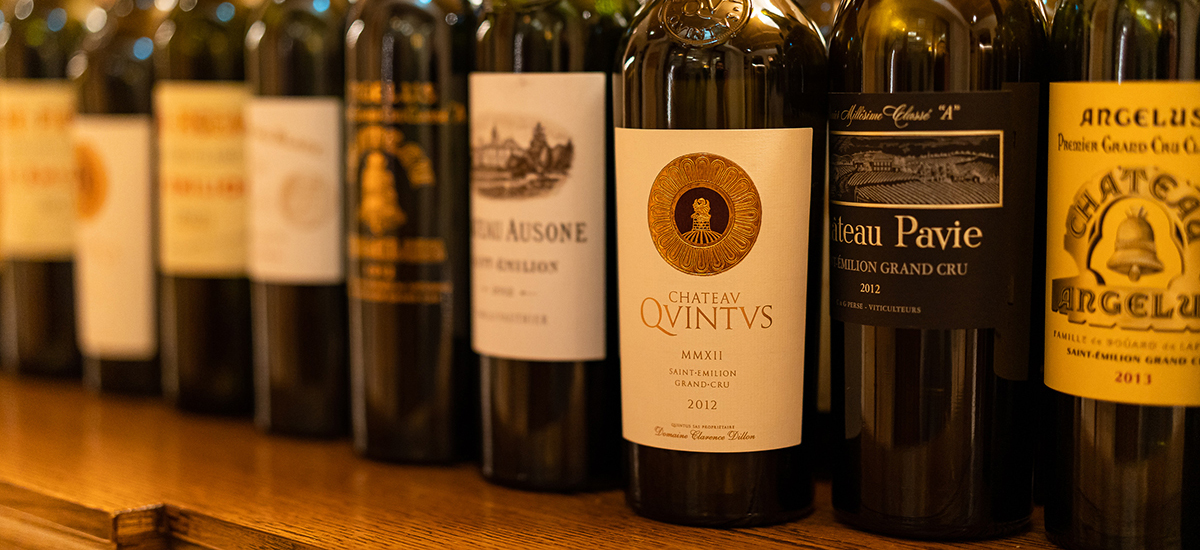
A little over a decade ago, Prince Robert of Luxembourg and the Dillon Estates bought Tertre Daugay - a Saint Emilion property with prime vineyards - and renamed it Quintus (as the fifth estate owned by Domaine Clarence Dillon). The estate has grown over time to include the vines from L'Arrosée in 2013 and, more recently, Grand Pontet. The cellars, vineyards and team have been overhauled, bringing expertise, experience and dilligence to the property in an effort to make Quintus one of the great wines of the right bank.
Now, with several vintages under their belt, the question remained - have they succeeded? To find out, Prince Robert set up an ambitious blind tasting in which Quintus would go up against five of the great names from Saint Emilion at Oswald's in London. The competition would be Angélus, Ausone, Cheval Blanc, Figeac and Pavie. Over the course of a day the wines would be tasted in vintage groups from 2011 to 2018, blind, by the world's leading critics and experienced members of the London wine trade. Read on to see the results.
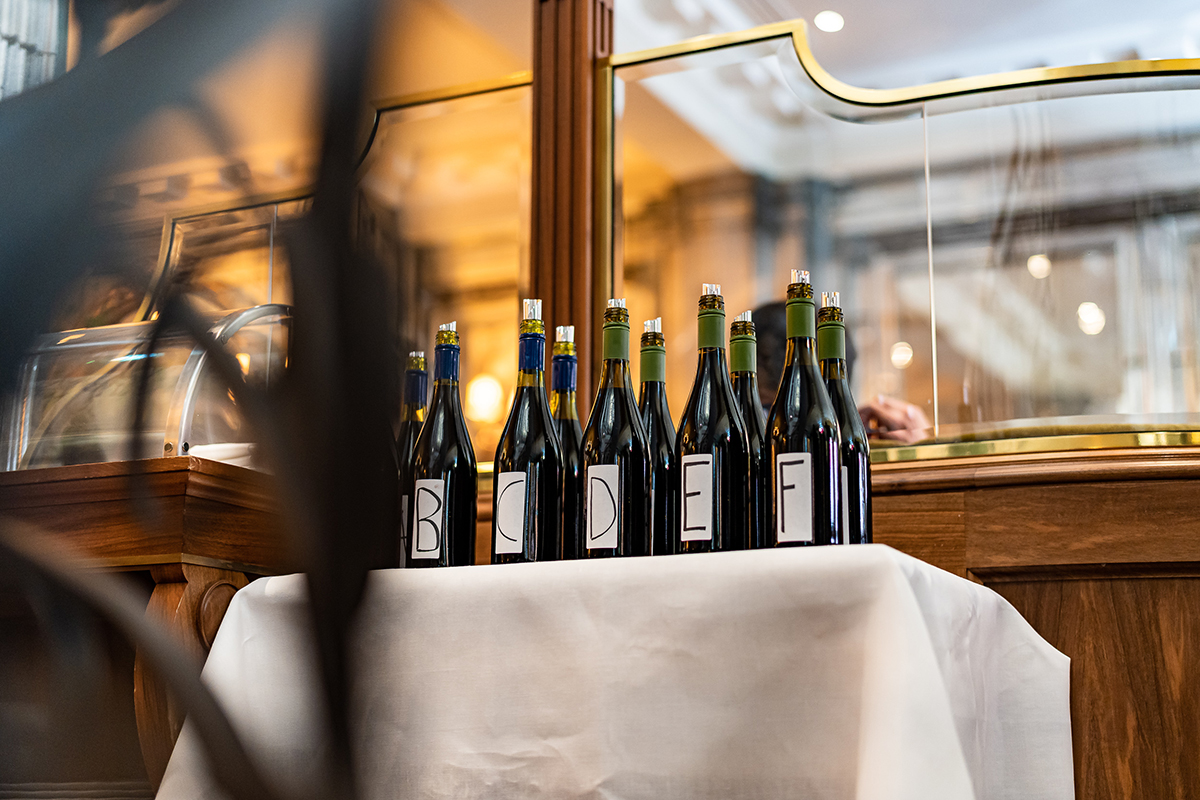
When the competition is taken into account, the Dillon team are rightfully delighted with the result. Though the vineyards and new team are of high quality, Quintus remains the underdog in this line-up. Nonetheless, Quintus 2016 was the fourth highest rated wine of the entire tasting, with 2015 and 2018 also making the top 15 (from a total of 48) on the day. This is a real result, and proves that - particularly in recent vintages - they are making up real ground on the competition. Personally, I thought that to a certain extent in 2015, and certainly from 2016 onwards, the wines went up a gear in terms of purity and precision. It is unsurprising that it took time - and the acquisition of L'Arrosée - to reveal the potential here. Their efforts are now being rewarded, and it is easy to see that the property will further improve in the future. The style is a far cry from the excessive Saint Emilions that garnered 100-point scores throughout the 2000s; it instead seeks to be refined and elegant. The tannic structure is moving towards the ultra-refined but deep style synonymous with the Dillon estates. The fruit shows Merlot's ripeness, but it is cool and fleshy rather than jammy or baked, particularly from the 2016 vintage onward.
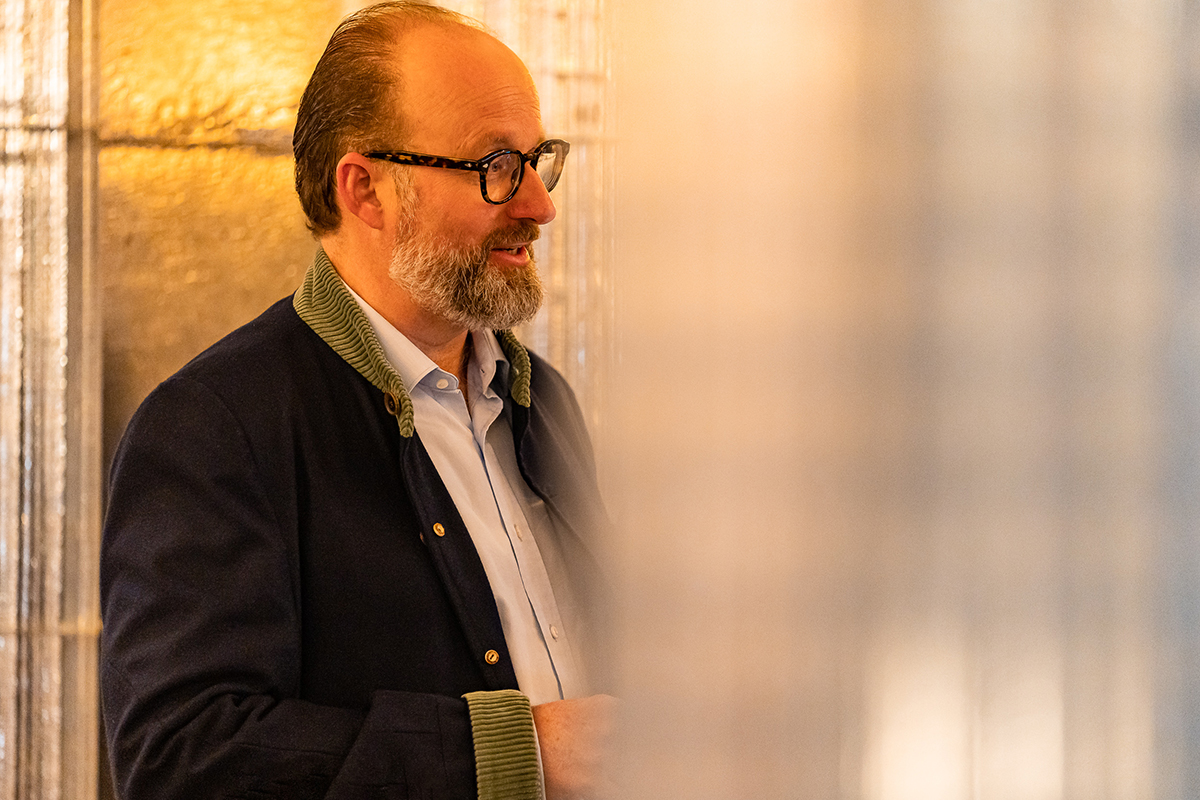
The standout element of the day for me was ths incredible quality of the 2016 vintage. Many discuss the merits of 2015 on the right bank versus those of 2016 on the left, but in reality 2016 sits above its predecessor on both sides of the Gironde. The best 2015s are outstanding: seductive and polished with a spherical nature and warm generosity. 2016, though, brings an extra layer of precision, depth and intensity. There were no weak wines in 2016 - even those prone to excess revealed incredible purity, with the best having tension, generosity and exquisite balance. It is no surprise that the top five wines in the tasting all came from the 2016 vintage. With so much clamour over the value of 2019 - understandable given the value and quality on show - many 2016s have been overlooked and now represent excellent value for their quality. This is a vintage to continue to buy heavily and is - in my view - the best vintage of the century so far. Purity, power, precision and ageing potential are all rolled into one. The wines are exceptional.
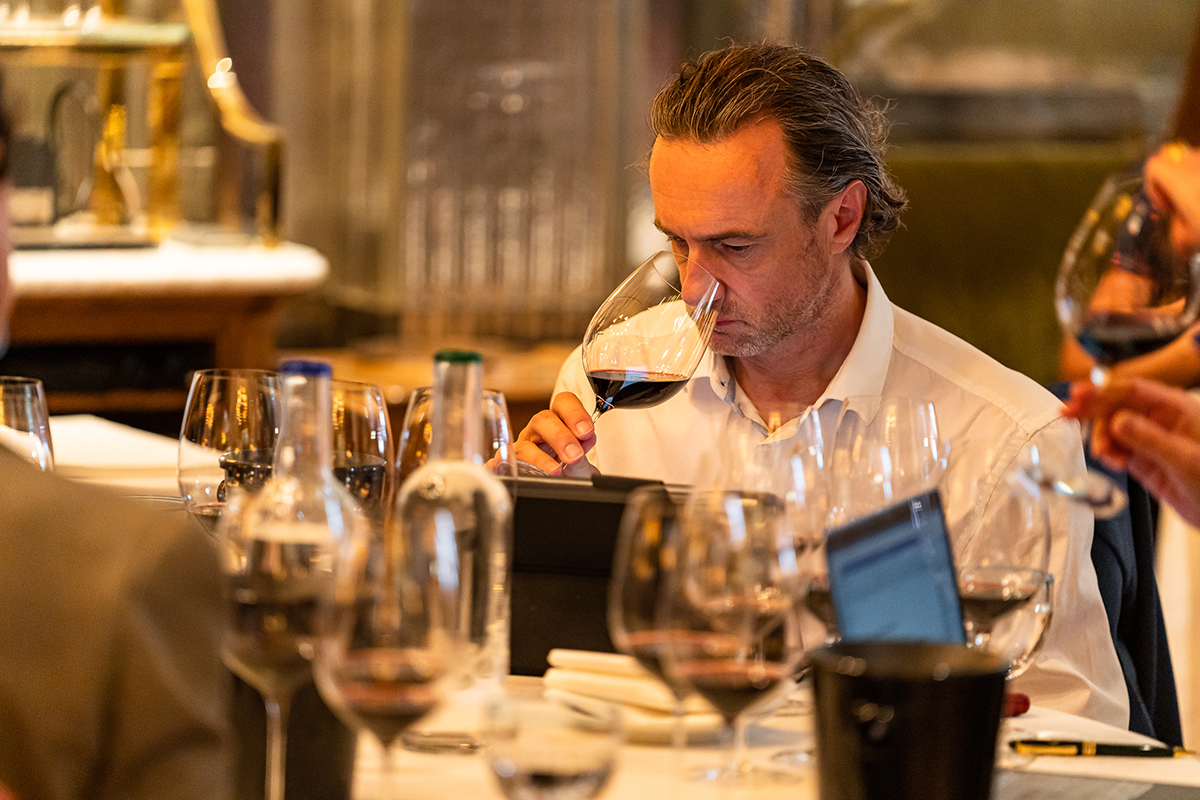
Figeac was the top château overall, with the 2016 the winner of the entire tasting. The renaissance of this property has produced consistently outstanding results in recent years, and it was impressive to see this borne out in a blind tasting format. From a personal point of view, Figeac was my top wine in three of the eight flights. The deeper fruit, richer structure and fresher acids that the Cabernets bring make for profound, focused and layered wines. Ausone 2016 was my top wine of the entire tasting. This imposing, structured and seductive wine is one of the all time greats in Bordeaux and those able to both afford and find it will be greatly rewarded.
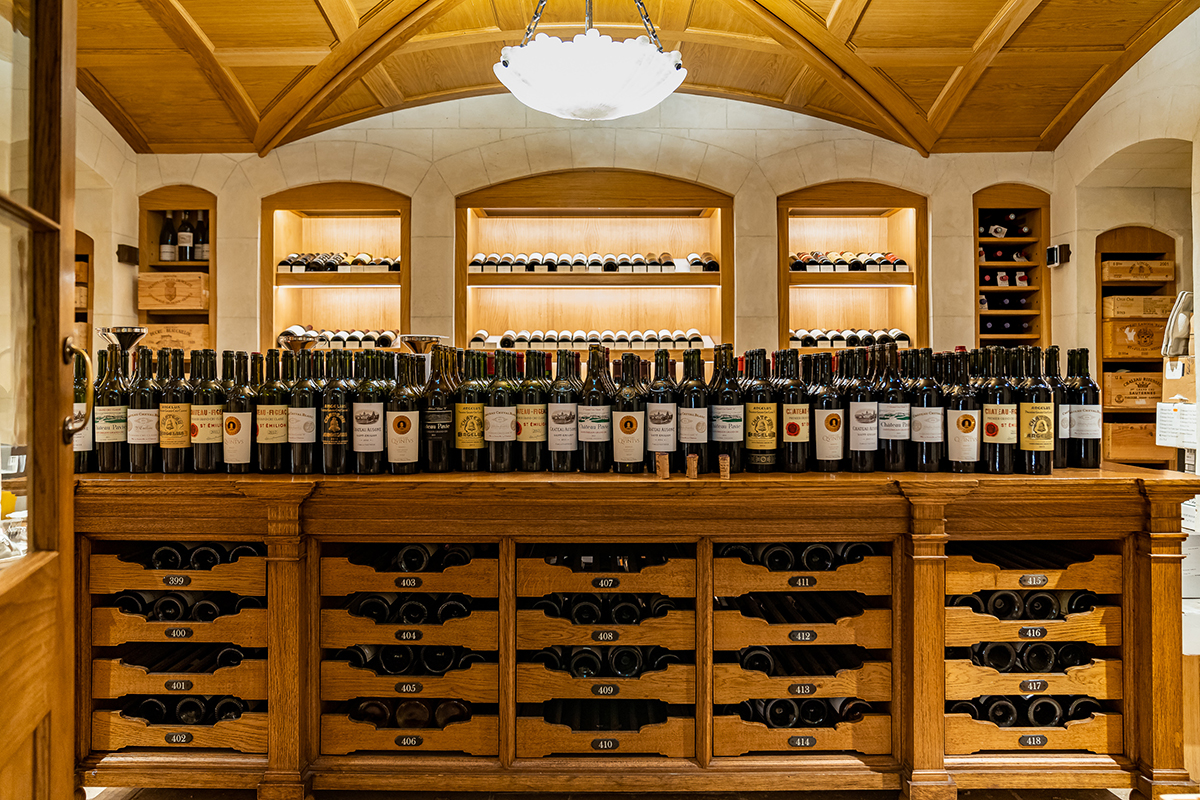
Saint Emilion is in the middle of another upheaval. The classification system has been disrupted by departures from those at the top, as they question the criteria and use of the status it provides. Others have submitted applications to join the "A" category, the results of which should come later this year. Saint Emilion finds itself in a different position to the left bank, where the 1855 classification has only very rarely seen châteaux change status. It also sits apart from Pomerol, which eschews classification tiers altogether. The move from several of the formerly "A" tier wines to extricate themselves from this category suggests a move to this model, where the status of a property and its vineyards overrides any formal classification.
For Quintus, the future looks bright. After the blind tasting the room tasted 2019, 2020 and 2021 from the property and the wines are clearly settling into a silky, refined and elegant style. 2019 is an impressive wine, harnessing the excellent vintage; the 2020, slightly more structured and a little fresher, remains smooth and alluring. If Saint Emilion's future lies in the power of properties over classification, then Quintus should only rise through the ranks over the coming decade as the wines continue to improve in quality.